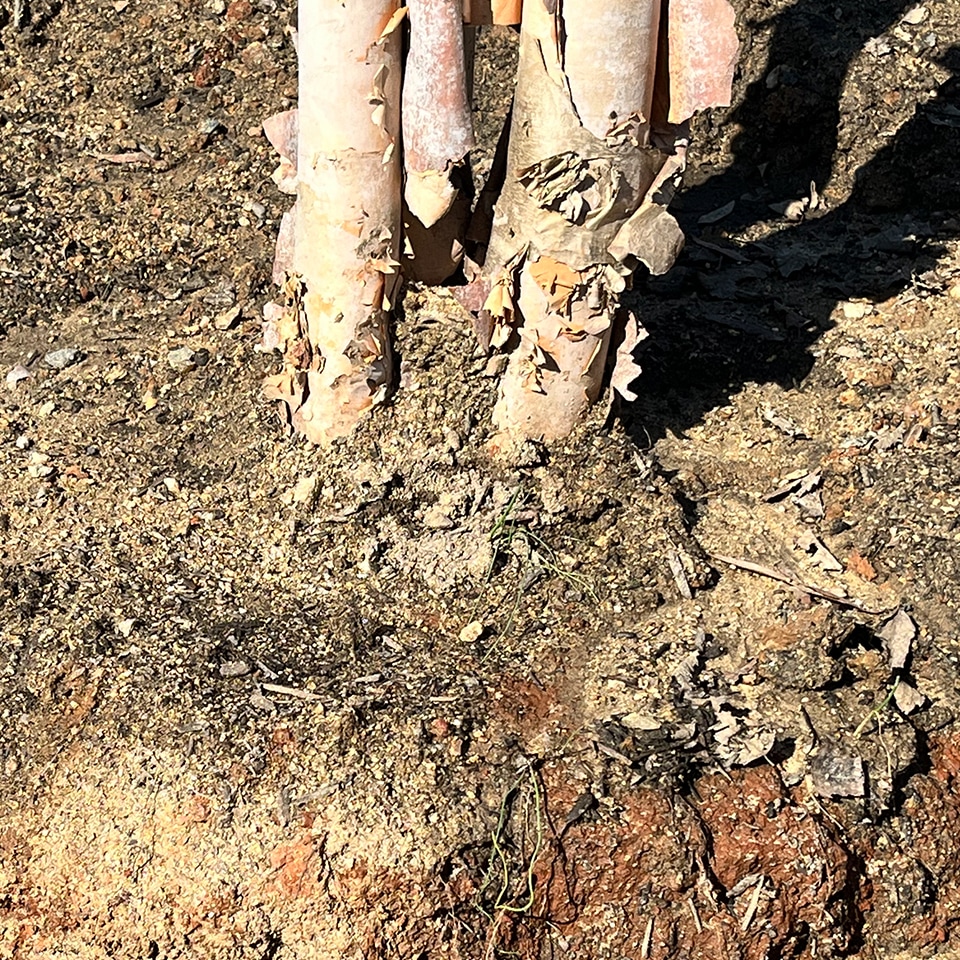August 2023 Treecologist Tribune
A Tree's Way to Beat the Heat is Under Your Feet
With summer at its peak, I've been getting consistent questions about how trees handle the stress from these high temperatures. The simple answer is the same as how we cool ourselves down: water! We typically only water trees when they are first getting established. So using small trees as an example, I want to go into a little more depth about what happens when that water leaves the hose and hits the ground:
When a tree takes in water through the soil, it absorbs the water into its vascular system (xylem) and moves it into the leaves. Through immense internal pressures, the water can rise to the very highest leaves and evaporates into the atmosphere through a process called transpiration. You might be surprised to know that most of the water, around 95%, will be used in transpiration, while the tree uses the other 5% for other internal processes. In a way, we can say that trees "sweat" to help cool themselves down - just like us!
On average, a large Oak tree can absorb around 40,000 gallons of water annually. They suck it up from the soil through their roots just like we would drink water through a straw. Imagine if somebody replaced the water with thick oatmeal (I know it's gross, but bear with me!). It would take a lot more force to get that oatmeal up the straw, and that same concept also applies to trees in unhealthy soil!

Compacted soil around a Birch tree.
When the soil is unhealthy, trees suffer. Compaction and lack of organic matter, often caused by construction and erosion, is the number one problem impacting urban and suburban trees. Trees need that dark, rich, fluffy soil, also known as humus, which is found on the forest floor. This humus retains water, provides a home for soil microorganisms, and provides macro- and micro-pores that allow that large Oak tree to drink its massive 40,000 gallons of water each year. Improving the soil improves the tree's ability to absorb more water in their root systems.
Adding organic matter and aerating the soil will give your roots new life and allow them to breathe and drink. Another essential factor for improving the soil conditions is adding arborist wood chips. This layer of wood chips insulates the soil from hot (and cold) temperatures and reduces the extreme change in the soil's overall temperature. As the wood chips decay, they add to the soil biology too!
So what is the best thing we can do to help a tree drink all the water it needs? Improve the soil! Then our trees can access adequate amounts of water during these hot summer days!